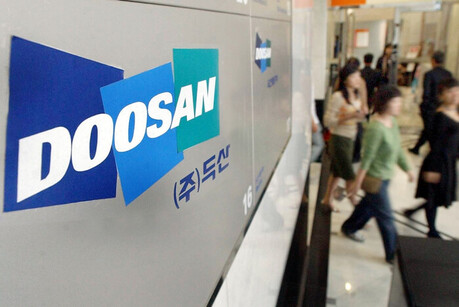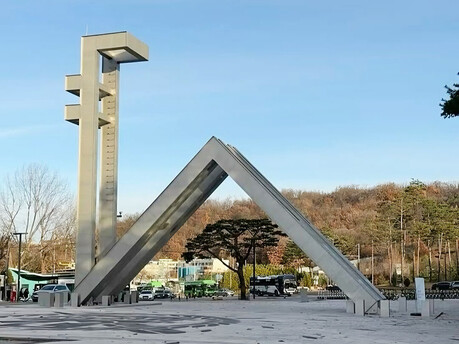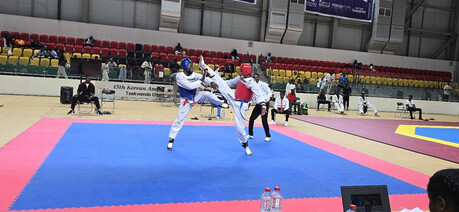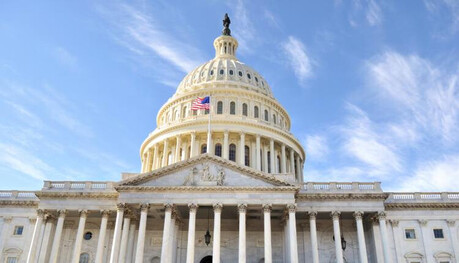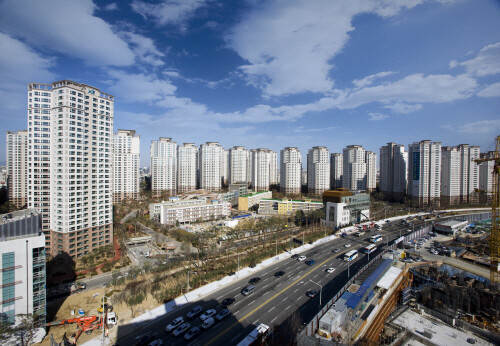
Seoul - An analysis of apartment sales prices in Seoul over the past decade has revealed that the most expensive areas remain concentrated in the city's 'Land Transaction Permit Zones'. These zones, designated to curb speculation and price surges, include the sought-after Gangnam, Seocho, and Songpa districts, as well as Yongsan district.
According to data from the real estate platform 'Dabang', the average price per 3.3㎡ (approximately 36 square feet) in Seocho district reached a staggering 92.85 million won (approximately 70,000 USD) in 2024. This represents a remarkable 209% increase from 2014. Gangnam district followed closely behind with 91.45 million won per 3.3㎡.
The other two districts included in the Land Transaction Permit Zones, Yongsan and Songpa, also boasted high average prices of 74.77 million won and 67.62 million won per 3.3㎡, respectively. These zones require buyers to obtain permission from the local government for property transactions and impose strict conditions, such as mandatory residence and restrictions on speculative investments.
Seven other districts in Seoul recorded average prices exceeding 50 million won per 3.3㎡, while Dobong district had the lowest average price at 25.94 million won.
Over the past 10 years, the most significant price increases were observed in Seongdong district (199%), followed by Yongsan (187%) and Mapo (176%) districts. Gangnam district also saw a substantial rise of 169%.
The average price in the Gangnam, Seocho, and Songpa districts last year was 82.51 million won per 3.3㎡, nearly double the average price in other Seoul districts.
A representative from Dabang noted that while apartment prices in areas outside the Gangnam, Seocho, and Songpa districts experienced a slight lull in the past few years, the overall trend in Seoul's apartment market has been upward over the past decade.
This analysis highlights the enduring appeal of Seoul's Land Transaction Permit Zones, particularly the Gangnam area, despite the stringent regulations in place. The high demand and limited supply continue to drive prices up, making these districts the most expensive places to live in the city.
[Copyright (c) Global Economic Times. All Rights Reserved.]
















